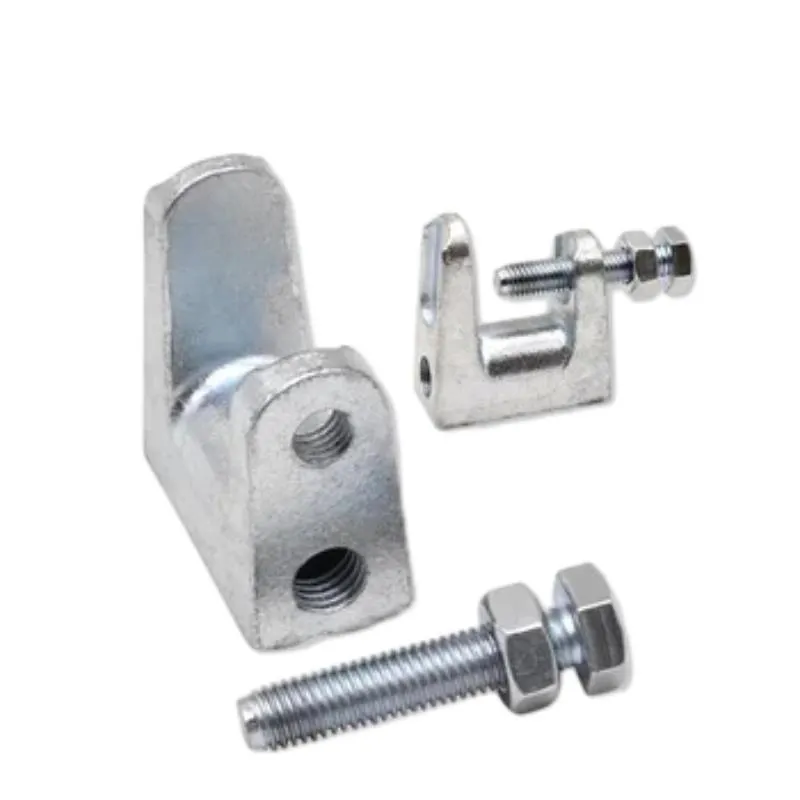Zář . 22, 2024 11:53 Back to list
cutting threaded rod
Understanding the Process of Cutting Threaded Rods
Threaded rods are versatile fasteners widely used in construction, automotive, and manufacturing industries. These rods, often made of steel or other durable materials, feature continuous threads along their length, allowing for secure fastening and adjustment in a variety of applications. However, there are instances when a standard-length threaded rod does not meet the specific requirements of a project, necessitating the need to cut it to a desired length. This article will explore the process, tools, and best practices involved in cutting threaded rods.
Cutting threaded rods can be straightforward, but it requires careful consideration to achieve clean cuts without compromising the integrity of the threads. One of the most common methods for cutting threaded rods is using a hacksaw. A hacksaw is a hand-operated saw with a fine-toothed blade that is perfect for cutting through metal. When using a hacksaw, it’s crucial to secure the rod in a vice or clamp to avoid movement during the cutting process. This will ensure both safety and accuracy.
When beginning the cutting process, it's advisable to mark the desired length on the threaded rod using a permanent marker or chalk. This visual guide helps maintain precision. It's also essential to make the cut as straight as possible to avoid uneven threads that could lead to improper fittings. After marking the rod, align the hacksaw blade with the mark and begin cutting with steady, even pressure. Patience is key; rushing can lead to mistakes or an uneven cut.
cutting threaded rod

Another effective method for cutting threaded rods is using a power tool such as a reciprocating saw or a cutoff saw. These tools can significantly speed up the cutting process, especially when dealing with thicker or harder materials. When using power tools, however, it is critical to wear appropriate safety gear, including goggles and gloves, to protect against metal shards and debris. Additionally, when using a power tool, ensure that the threaded rod is securely clamped to prevent it from spinning or vibrating during the cut.
After cutting the threaded rod, deburring is a crucial step that should not be overlooked. Sharp edges left from the cutting process can pose a safety risk and may interfere with the threading of nuts and other fasteners. A deburring tool or a file can be used to smooth out the ends of the rod, making handling safer and the fitting process easier.
In conclusion, cutting threaded rods may seem simple, but it requires careful planning and execution. Whether opting for manual methods like a hacksaw or utilizing power tools, following best practices ensures a clean cut and maintains the functionality of the threaded rod. Proper marking, securing the rod, using the right tools, and deburring the edges after cutting are all critical elements of the process. With these steps in mind, anyone can efficiently tailor threaded rods to suit their specific needs, contributing to the success of various projects.


